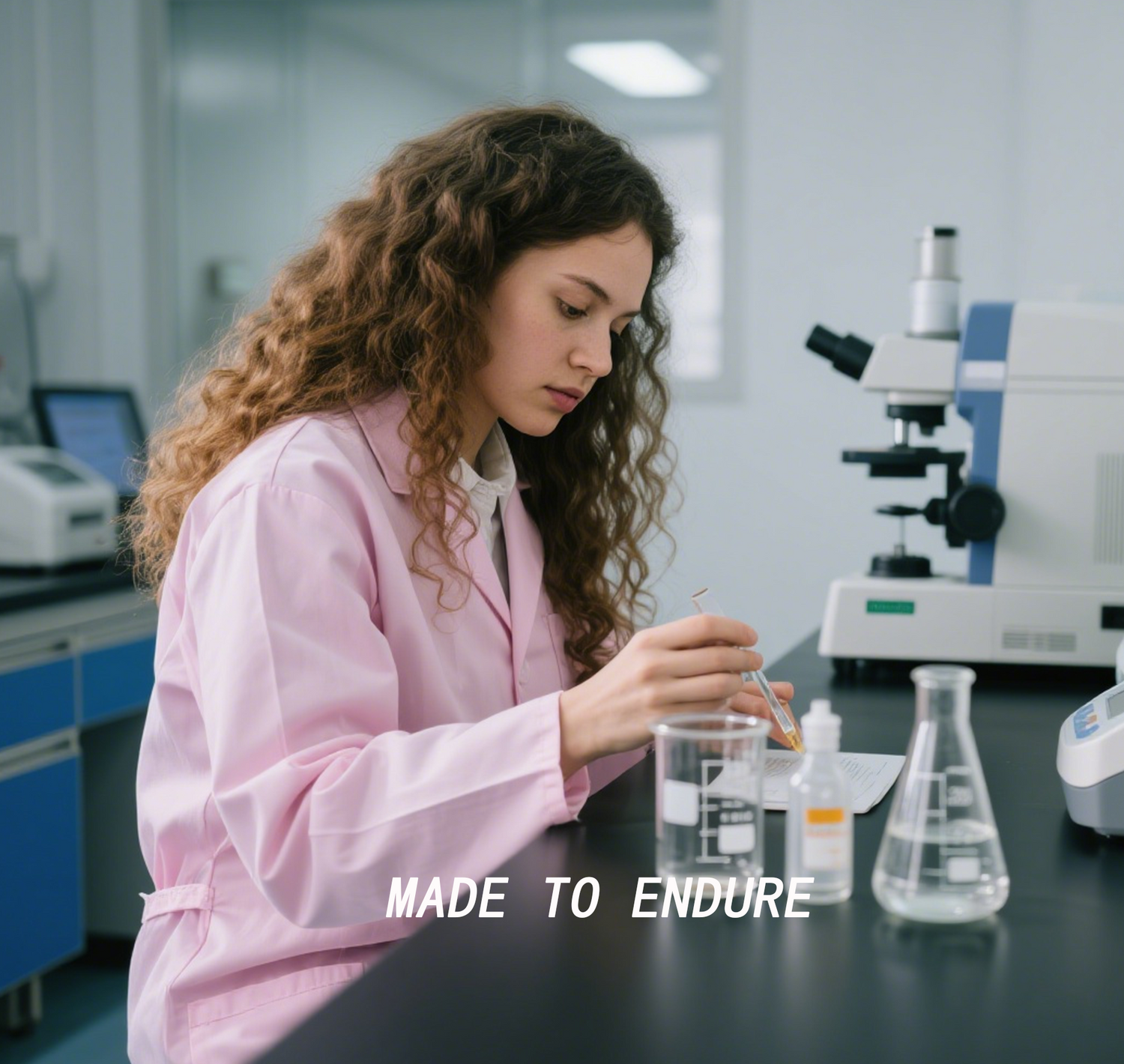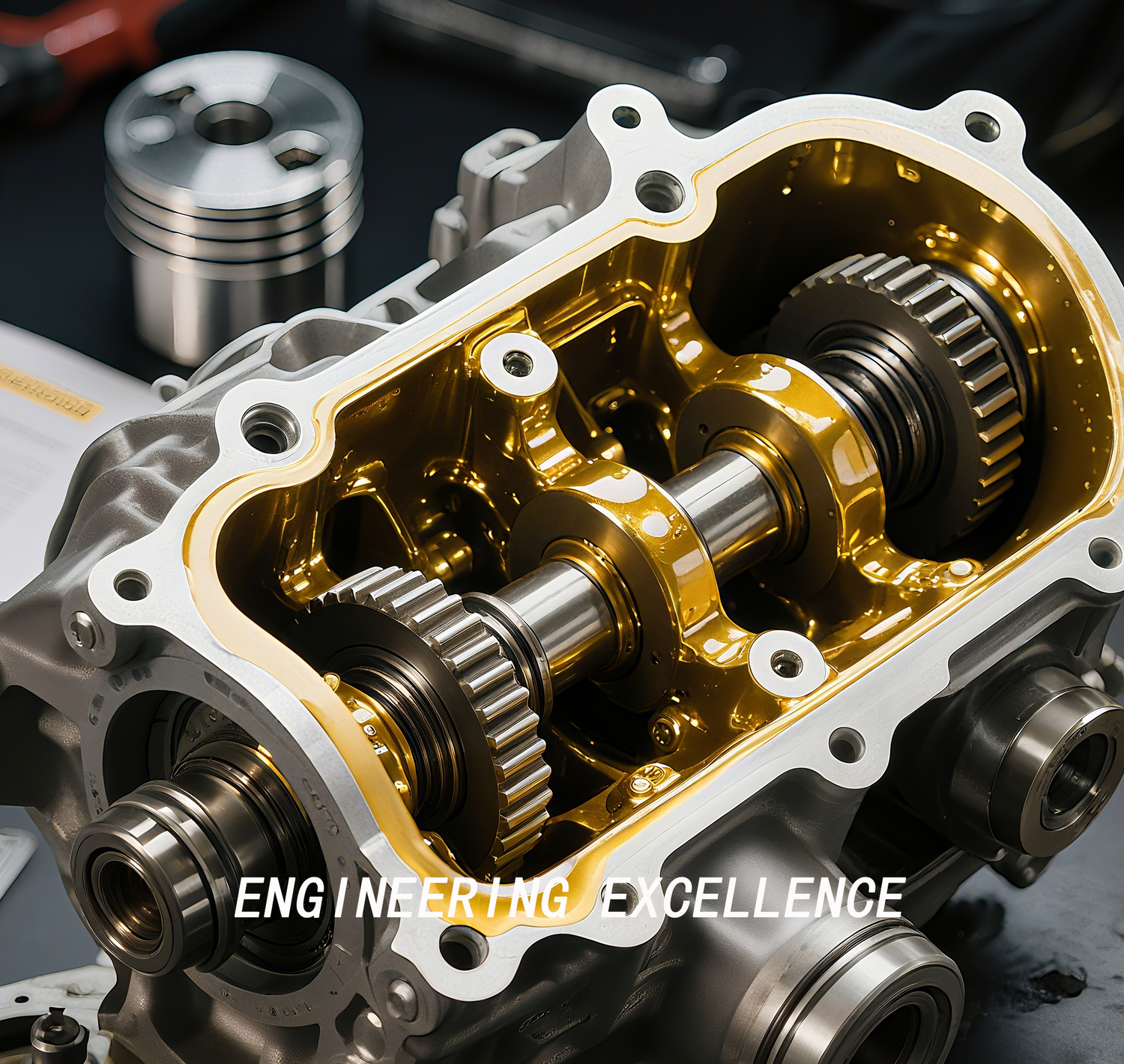HOW TO READ USED OIL ANALYSIS REPORTS
FEIBI LUBRICANTS
HOW TO READ USED OIL ANALYSIS REPORTS
A Comprehensive Guide to Engine Health Monitoring
1. SAMPLE COLLECTION PROTOCOL
When to Sample:
Normal Use: Every 2nd oil change
Performance Use: Every 5 engine hours
Problem Suspected: Immediately
Proper Method:
1. Run engine to operating temp (80-100°C)
2. Use clean syringe from mid-sump (not drain plug)
3. Fill FEIBI sample vial to 90% capacity
4. Label with:
Engine hours/km
Oil brand/viscosity
Make/model
2. KEY PARAMETERS EXPLAINED
A. Wear Metals (ppm)
|
Element |
Source |
Warning Level |
Critical Level |
|
Iron (Fe) |
Cylinder walls, bearings |
>80 |
>150 |
|
Aluminum (Al) |
Pistons, turbo |
>30 |
>60 |
|
Copper (Cu) |
Bushings, coolers |
>50 |
>100 |
FEIBI Benchmark: New oil contains <5ppm of each
B. Oil Condition
|
Test |
Healthy Range |
Problem Indicator |
|
Viscosity @100°C |
±10% of new oil |
>15% change = oxidation |
|
TBN |
>3.0 (min) |
<2.0 = acid buildup |
|
Fuel Dilution |
<2% |
>5% = injector issues |
C. Contaminants
|
Contaminant |
Acceptable |
Action Required |
|
Coolant |
0% |
Immediate engine inspection |
|
Silicon |
<15ppm |
Check air filtration |
|
Water |
<0.1% |
Investigate condensation |
3. INTERPRETING TRENDS
Optimal Pattern:
Wear metals increase linearly with km/hours
TBN decreases gradually (0.5 per 5,000km)
Warning Signs:
⚠️ Sudden iron spike = Bearing wear
⚠️ Rapid TBN drop = Poor oil quality
⚠️ Copper + lead rise = Bushing failure
4. FEIBI SPECIFIC MARKERS
Our oils contain:
Molybdenum (Mo): 800-1200ppm (new) → <400ppm = additive depletion
Calcium (Ca): 2500-3000ppm (new) → <1500ppm = detergent loss
5. CASE STUDIES
Case 1: Turbo Failure Prediction
Data: Aluminum @95ppm + silicon @25ppm
Diagnosis: Turbo compressor wear + dirty intake
Solution: Turbo rebuild + air filter upgrade
Case 2: Extended Drain Validation
Data: 15,000km oil - TBN 2.8, viscosity -8%
Conclusion: Safe to extend to 20,000km
6. LAB REPORT COMPARISON
|
Parameter |
FEIBI ProSynth |
Competitor A |
|
Fe @10,000km |
42ppm |
68ppm |
|
TBN Remaining |
3.5 |
2.1 |
|
Oxidation |
12% |
25% |



